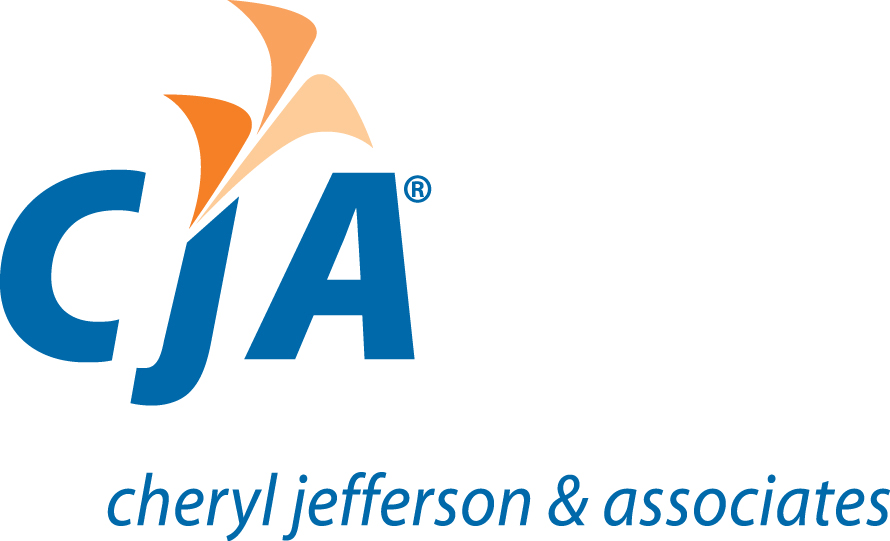Many companies incur advertising and public relations costs. For the government contractor, the complication comes in determining whether these costs are allowable under the Federal Acquisition Regulations (FAR). The basic rule of thumb is if it is related to benefiting the government, it is most likely allowable; otherwise, the cost is unallowable. Often government contractors take what they consider to be the safest approach to recording these costs by assuming they are all unallowable. The down side to this is if the cost is allowable, they are not included in the indirect rates and are not recouped from the government, so it is not always the best option. To avoid missing out on recording these costs as allowable, there are several steps you can take.
Understand the terminology
The best place to start is to review the definitions provided by Federal Acquisition Regulations (FAR). Public relations is defined as “all functions and activities dedicated to maintaining, protecting, and enhancing the company image or maintaining or promoting favorable relations with the public. Advertising is defined as “the use of media to promote the sale of products or services”.
Analyze the parameters
After analyzing the cost against the FAR definition, the next step is to take a look at the parameters set in the FAR. According to FAR 205-1(d), the only allowable advertising costs are those which are specific to a contract or are used to promote products normally sold to the U.S government. This is where the rule of thumb comes in, the advertising cost must be related to the government. The guidelines for public relations not only must be required by the contract, but must also meet other parameters as described in FAR 31.205-1(e). Some public relation cost examples include the cost of responding to inquiries regarding the company’s policies; communicating with the public; and acting as a liaison for the government with the public in areas of public concern. For a more detailed list of allowable public relations costs see FAR 31.205-1(e).
What is really unallowable?
Another step which is often skipped is to review what the FAR deems unallowable. This step should not be ignored. While an expense may meet the parameters above, there could still be restrictions in FAR 31.205-1(f) which prevent it from being allowable. Unallowable advertising and public relations costs are those which are not for the products or services provided above. Other restrictions are events which do NOT focus on the promotion of sales to the government or circulating technical information, costs of promotions focused on calling attention to the contractor, corporate celebrations, costs of distributing trinkets (pens, mugs, etc.) to the public, and some tradeshows. If the tradeshow cost does not fall under FAR 31.205-43 then it is considered unallowable. Recording an unallowable cost as allowable is considered a failure to comply with the FAR. So be sure to read FAR 31.205-1(f) in its entirety before recording an advertising or public relations cost as allowable as this is only a summary of unallowed items.
Once an advertising or public relations cost is deemed allowable based on these guidelines, there is one more FAR section which needs to be considered. FAR 31.201-2, the “Determining Allowability” section provides general guidelines which relate to all costs. Costs must be considered reasonable as described in FAR 31.201-3, must be allocable, in many cases meet generally accepted accounting principles (GAAP), and meet the terms of the contract in order to be allowable. When determining allowability of advertising and public relations costs, keep in mind the burden of proof as to whether a cost meets all the requirements is on the contractor.
Knowing the details of advertising and public relations allowability is a must for government contractors. Recording these costs in the wrong category (allowable or unallowable), can have negative effects for the company’s billing, budgeting, and proposal processes. When in doubt as to how to record an advertising or public relations cost, talk to your CPA.
Contributed by Jamie M. Shryock, CPA, Client Advisor
